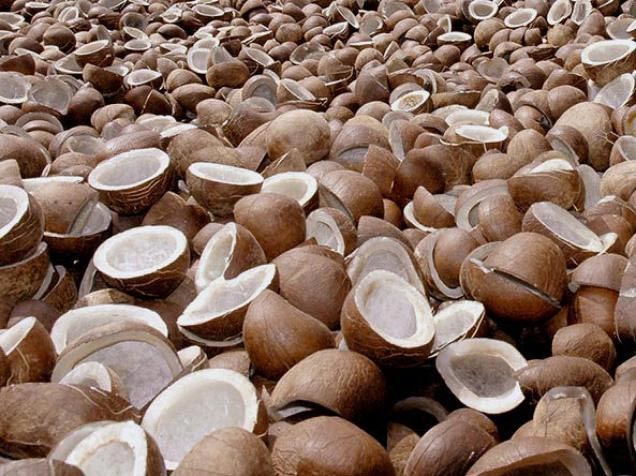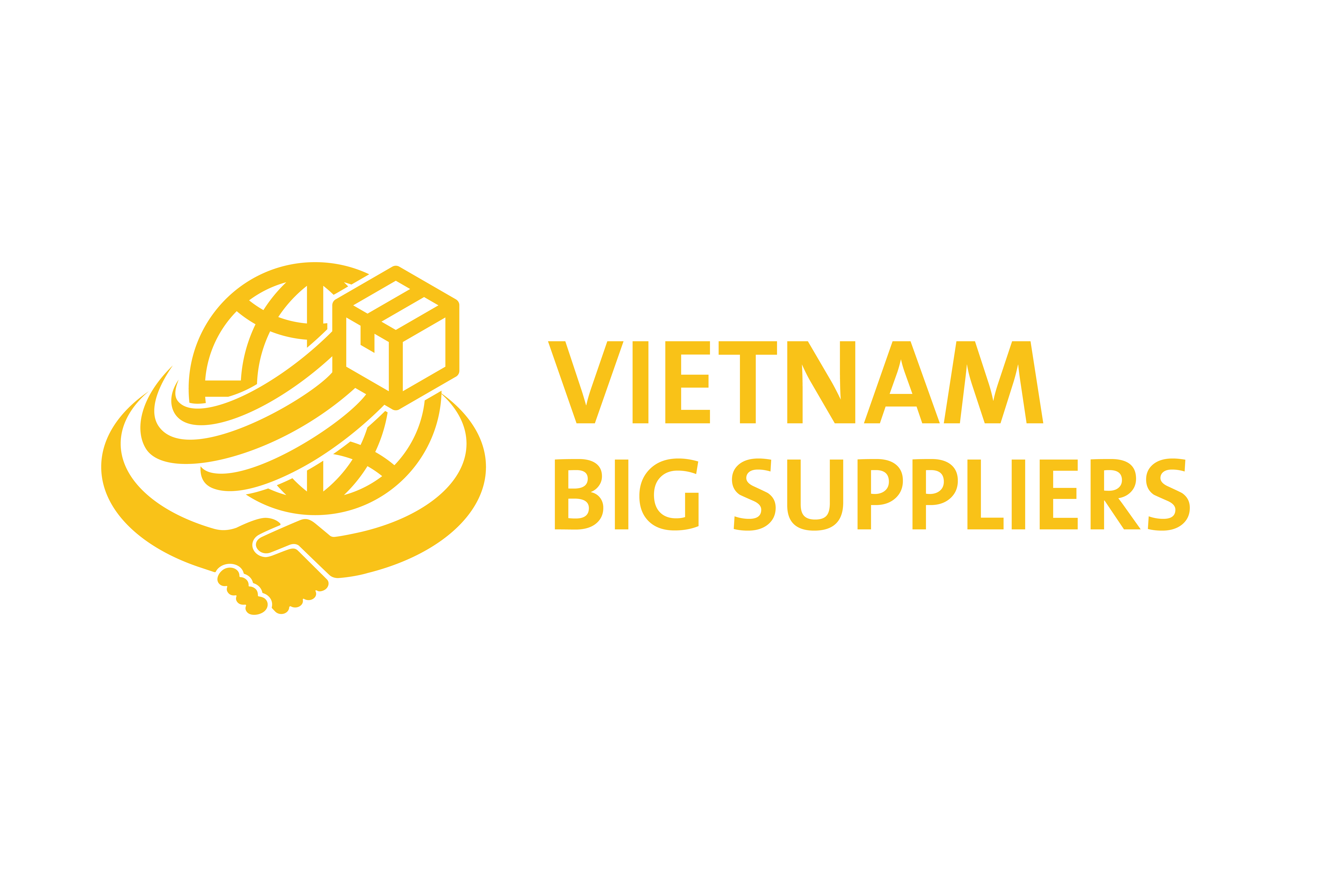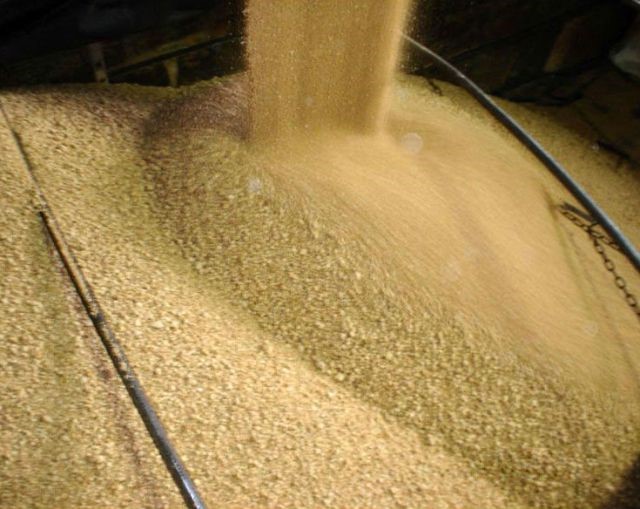Is it possible to reduce dependence on soybeans with alternative sources of protein? Protein substitutes for soybean residue can be used in pig diets. Some proteins such as sunflower meal, canola oil, Copra meal and distillate residue can be used more commonly.

New research
Green peas, beans, and Lupines are used in some areas but can be more widely developed. Insect feed, Lenma proteins, and algae are continuing to be studied, promise to provide high quality protein for pigs.
Protein sources replace soybean residue
DDGS
DDGS is a product of the alcohol industry and biofuels derived from corn or wheat. With a protein content of 30 – 40%, DDGS has great potential to replace soy in the diet. However, finding the right source of DDGS in the animal diet is a challenge. Quality is susceptible to change and mold toxicity, so use should be cautious. At present, recommended levels are from 20% for pigs and up to 50% in mature pigs.

Sunflower Meal
Sunflowers are mainly harvested for oil. After that, their residues can be used in pig diets. Whole grain sunflower protein has a protein content of about 23%, after distilling oil content of protein in the residue up to 40%. At a reasonable price, it is possible to add up to 20% sunflower meal, replacing 50% soybean meal in the diet, which saves money.
However, protein digestibility in sunflower residue is a problem, due to the presence of phenolic compounds. This is why sunflower residue is not recommended for piglets.
Rapeseed meal
Rapeseed meal contains about 41 to 43% protein. Nutrient resistance factors (ANFs) in rapeseed are an obstacle. However, propagation has helped develop plants with low glucosinolate concentrations, reducing the amount of erucic acid. The dietary limit for piglets is usually 5% and can be up to 25% for adult pigs without affecting productivity.
Copra meal
In the past, waste products such as coconut residue, bagasse, cassava pulp, etc. were not used by farmers or enterprises. Therefore, when the rainy season is encountered, these defects create stench. , very annoying and affect the environment.
Copra meal has a protein content of about 20 – 25%, produced mainly in Asia, so the cost is quite low. However, coconut residue is high in fiber and low in essential amino acids. In addition, due to the presence of mannan and galactomannan, the use of coconut residue is limited to about 5 – 25% and increases with the age of the animal.
Lupine

Lupine is also a legume, but with high protein content (35%). Lupine has the lowest alkaloid content that is most suitable for single stomachs, while white lupins can be used in ruminants. Lupine pea, fiber, if removed will increase the protein content. There has been interested in developing Lupine beans in Europe, its nutrition comparable to soy.
Australia has extensive experience in using this crop in livestock and this is the largest producer. Lupine can be used in pigs from 10 to 30% depending on the age and stage of the animal.
Green peas and peas
There are many types of beans and Green peas are suitable for different climates: from European vetch to Asian chickpeas. These are promising alternatives in areas where soybean is not suitable. Beans contain about 25% protein and many essential amino acids, although the methionine content is relatively low.
Legumes are usually planted alternately with other crops due to nitrogen fixation. These beans contain ANFs, such as peas containing protease inhibitors, lectins, and phytates, while other beans have high levels of tannins and alkaloids. Both can be removed if there is a micronized process.
Lemna
Lemna, commonly known as duckweed, has long been used for animal feed in many parts of the world. It contains high levels of protein (35 – 45%). Lemna is cultivated much, then harvested and dried. Processing technology increases the protein concentration, ensuring good and reliable product quality.
An experiment to determine the protein digestibility of the duckweed (Lemna Protein Concentrate-LPC) in weaned pigs was performed. The researchers concluded that crude protein and amino acids had good digestibility, with standard colonic digestibility (SIDs) of 79.09% and 81.70%, respectively. LPC has a higher ileal digestibility of amino acids than soybean meal and is equivalent to the fish meal.
Insect powder
The insects currently studied include the black soldier fly (Hermetica illucens), the housefly (Musca domestica) and the yellow mealworm (Tenebrio Molitor). Large-scale production processes are being developed by a number of companies; trials for rations are underway. Organic waste is used as a nutrient source for larval rearing. The protein content of the larvae is about 30-70% and can be dried. The level of amino acids is much higher than that needed for the growth of young pigs and good digestibility.
Short-term and long-term planning
For legumes, plant breeding improves yield, increases pest resistance, and helps reduce nutrient costs (ANFs).
For new protein sources, a basic nutritional value is good, but it is important to determine the digestibility of the amino acids. Processing technology, extraction, processing to increase nutrition value. Quality products, but higher costs, will have higher levels of protein and lower antimicrobial agents, which may be appropriate for piglet diets.
For DDGS, continued research to supplement DDGS in the diet, in combination with other technologies, may increase the rate of use in the diet. If prices are affordable and available, sunflower meal and canola are more likely to be used in pig feed.copra meal
In addition to the benefits of copra meal, the benefits of growing algae and lemna are not only high yields per ha (4 to 5 times higher than soybeans); moreover, they do not need to compete for agricultural land. In addition, insects have the ability to turn organic waste into a high-quality protein source. Using sustainable sources of protein does not only help reduce transportation costs but also benefit local producers.

